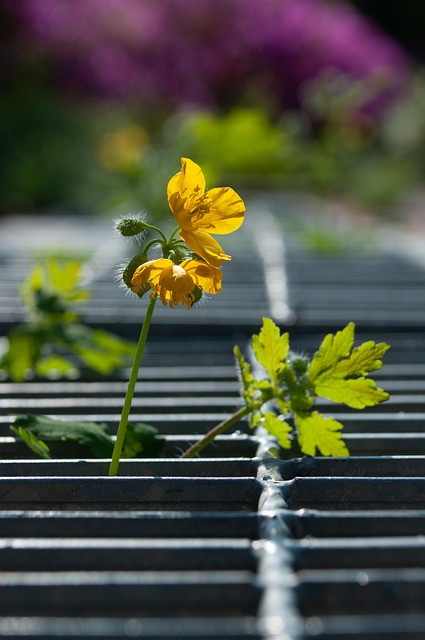Proper storage and preservation techniques are crucial for maintaining the quality, effectiveness, and safety of kratom, a natural alternative for addiction treatment derived from Mitragyna speciosa plant leaves. Keep it in airtight containers made of glass or metal, away from direct sunlight, moisture, and extreme temperatures, such as in a cool pantry or cabinet. For larger quantities, divide into smaller portions. Always consult healthcare providers before use, follow recommended dosages, and be aware of potential side effects or interactions.
Kratom, derived from the tropical tree Mitragyna speciosa, has gained attention as a potential tool for addiction treatment and recovery. This natural compound offers promising alternatives for managing withdrawal symptoms and cravings. In this comprehensive guide, we explore how to harness kratom’s power effectively. From understanding its mechanism in treating addiction to mastering storage techniques for optimal quality (including how to store and preserve kratom), we provide insights into integrating this herbal remedy into your recovery journey safely and successfully.
- Understanding Kratom: A Natural Approach to Addiction Treatment
- Effective Storage and Preservation Techniques for Optimal Kratom Quality
- Integrating Kratom into Your Recovery Plan: Best Practices and Safety Guidelines
Understanding Kratom: A Natural Approach to Addiction Treatment
Kratom, derived from the leaves of the Mitragyna speciosa plant, has gained attention as a natural alternative for addiction treatment and recovery. It contains several compounds known as alkaloids, including mitraginin and 7-hydroxymitragynine, which have been linked to its therapeutic effects. These alkaloids interact with opioid receptors in the brain, offering potential relief from withdrawal symptoms and cravings associated with various addictions.
When considering Kratom for addiction treatment, proper storage and preservation techniques are essential. Since it’s a natural product, maintaining its quality and potency requires care. It’s recommended to store Kratom in an airtight container, kept away from direct sunlight and moisture. Ideal storage conditions include a cool, dark place, such as a pantry or cabinet. Additionally, how you preserve Kratom can impact its effectiveness. For instance, keeping it frozen may extend its shelf life, but proper labeling and rotation are crucial to ensure freshness.
Effective Storage and Preservation Techniques for Optimal Kratom Quality
Storing and preserving kratom properly is essential to maintain its quality, effectiveness, and safety. The delicate nature of kratom leaves makes them susceptible to degradation over time. To ensure optimal Kratom quality, proper storage techniques are crucial. Keep your kratom in an airtight container, ideally made from materials like glass or metal, to prevent exposure to moisture and oxygen, which can cause the leaves to lose potency and potentially introduce mold growth.
Store the container in a cool, dry place, avoiding direct sunlight and extreme temperatures. A pantry or cabinet in your kitchen or bathroom can be suitable options. Keep it out of reach of children and pets. Additionally, consider dividing larger quantities into smaller portions to allow for more frequent, controlled use, reducing the risk of exposure to adverse environmental conditions.
Integrating Kratom into Your Recovery Plan: Best Practices and Safety Guidelines
Integrating kratom into your recovery plan can offer support for certain addictions, but it’s crucial to approach this with care and knowledge. Best practices involve starting with low doses and gradually increasing as needed, under professional guidance. Consulting a healthcare provider is essential to ensure safe and effective use, especially if you have any co-occurring conditions or are taking other medications.
When incorporating kratom into your recovery routine, proper storage and preservation become vital. Keep kratom products in airtight containers, stored in a cool, dark place to maintain potency and purity. Avoid exposing them to direct sunlight or extreme temperatures. Additionally, consider buying from reputable sources to guarantee quality and safety. Always follow recommended dosages, and be mindful of potential side effects or interactions with other substances.
Kratom has emerged as a promising natural alternative for addiction treatment and recovery, offering potential benefits in managing withdrawal symptoms and reducing cravings. By understanding its properties and integrating it into a comprehensive recovery plan, individuals can harness the power of this herb effectively. Moreover, proper storage and preservation techniques are essential to ensure Kratom’s quality and potency. Following best practices for How To Store And Preserve Kratom will maximize its therapeutic potential, making it a valuable tool in navigating the path to long-term recovery.














